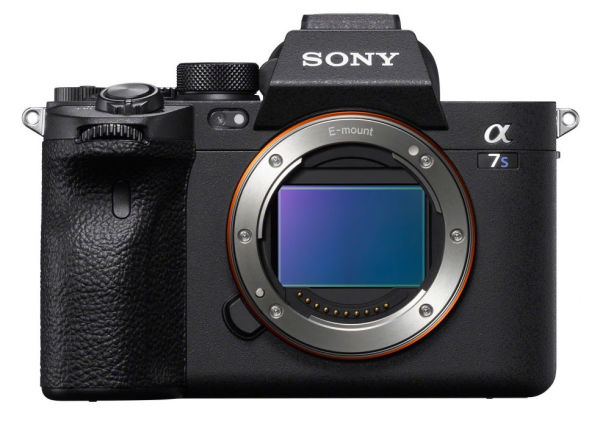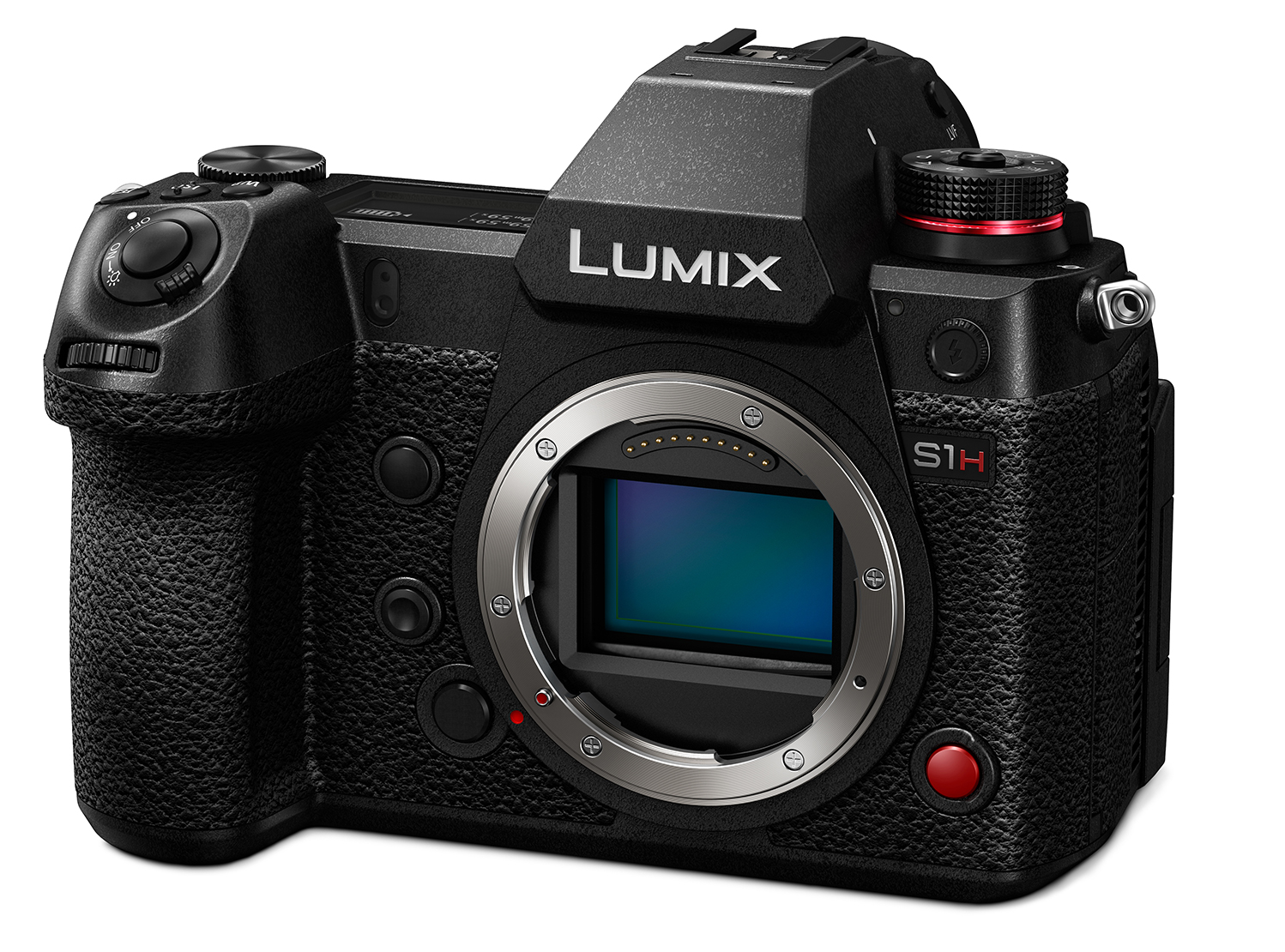[16:00 Tue,28.July 2020 by Rob] | ||||||||||||||||||||||||||
Sony today unveiled its eagerly awaited successor to the Sony Alpha S Series of video-centric cameras - the Sony A7S III - with a host of new features. As with its predecessor, the heart of the Sony Alpha 7S III is a full-format CMOS sensor with 12.1 MP resolution, but this time in a new BSI (Back Side Illuminated) version. With the BSI technology, already known from some other DSLM sensors, the Alpha S series is now catching up with the current state of the art. Back Side Illumination promises an even higher light sensitivity, which should also contribute to a higher dynamic range - and all the more so with the comparatively low pixel count of the A7S III. Accordingly, Sony also specifies the dynamic range of the new A7S III with 15+ f-stops (S-LOG3). We are already very excited about our test lab evaluation here ...  With the Bionz XR, a new image processor is on board, which is supposed to act much faster. In the video codecs, two new variants have been added to the well-known H.264-based XAVC-S codec of its predecessor: One is an H.265-based XAVC-HS codec and the other is an H.264-based XAVC S-I codec, the latter with all-intra encoding. All recording formats offer internal 10-bit 4:2:2 recording throughout, and thus also the new high-framerate functions, which reach up to 4K 120 fps (NTSC) or 4K 100 fps (PAL) and are available as full-pixel readout. (However, Sony specifies a 1.1 crop at 120 fps 4K). The new Sony A7S III has a dual card slot that can be operated with two different cards. This allows dual operation with SD cards as well as with a completely new type of CFexpress cards - so-called CFexpress Type A cards. The new CFexpress cards are slightly smaller in size than conventional SD cards, but fit into the same card slots on the A7S III and offer write speeds of up to 700 MB/s. The new CFexpress type A cards will be available from September this year in 80 GB (230 Euro) and 160 GB versions (440 Euro). With conventional SD cards, all video formats of the Sony A7S III can be recorded except one: If you want to record 4K 10 Bit 4:2:2 in 100 fps (S&Q mode) with the new XAVC S-I (ALL-I Codec) (250 Mbit/s), you need the new CF Express Type A cards. The following table gives an overview of the 4K / PAL formats, frame rates and data rates of the A7S III together with the memory requirements (including the Slow&Quick recording option for slow and fast motion directly from the camera)  However, even Sony cannot completely remove the limits of physics. Thus, there also seem to be heat limits in the Sony A7S III. On demand, these are currently at 60 minutes for the 4K 10 Bit 4:2:2 60p recording and 30 minutes for the 4K 10 Bit 4:2:2 120p recording. Sony has not yet been able to answer the question of how long the cool-down phase lasts after reaching the respective heat limits. If you need even higher quality formats, the Sony A7S III should soon be able to record external RAW. Atomos is currently working on a 16 bit ProRes RAW support for the Sony A7S III via HDMI 2.1 on the Atomos Ninja V. Here, a maximum of 4K 60p should be able to be recorded by default. The A7S III has a normal-sized HDMI port for data output. S-Log 2 and S-Log 3 are available as log formats. The native ISO is 640 ISO, but can be lowered to a more manageable 160 ISO (with a slight loss of dynamic range) through a special "extended mode". The Sony Alpha 7S III also has a lot to offer in terms of monitoring. For example, the A7S III is the first to feature a newly developed electronic QXGA OLED viewfinder, which is one of the highest resolution viewfinders in its class with 9.44 million pixels. The viewfinder frequency is a maximum 120p refresh rate. Sony specifies the viewfinder magnification as 0.90x.  Moreover, the Sony A7S III (finally) has a monitor that folds out to the side, which is demanded by many video users and functions as a touchscreen. The menu navigation has been completely revised. A highlight of the Sony A7S III is probably its AF module, which is equipped with 759 phase detection points and thus covers 92% of the sensor area. The autofocus equipped with real-time eye detection is available in all recording formats including 4K 10 bit 4:2:2 120 fps All-I recording (600 Mbit/s). And finally, the Sony A7S III again has a stabilised sensor (IBIS), which together with an electronic "Active Mode" is supposed to provide up to 5.5 stops of stabilisation. How the new sensor stabilization system interacts with optically stabilized lenses will be clarified in upcoming tests ... As known from the FX9, the Sony A7S III also records gyro data in its metadata, which can be evaluated in Sony Catalyst and used for additional stabilization tasks in post production. When it comes to audio, the Sony A7S III follows in the footsteps of the A7R IV, from which it takes the same audio module, which allows the connection of microphones and XLR adapters via Multi Interface Shoe. With the XLR-K3M module up to 4 channels (two of them stereo) in 48kHz/24 bit are possible. The Sony A7S III will be available from September 2020 for 4,200 Euro. Bild zur Newsmeldung:
deutsche Version dieser Seite: Neue Sony A7S III filmt intern in 4K 10 Bit 4:2:2 bis 120fps - mit 15+ Dynamikumfang |
| |||||||||||||||||











